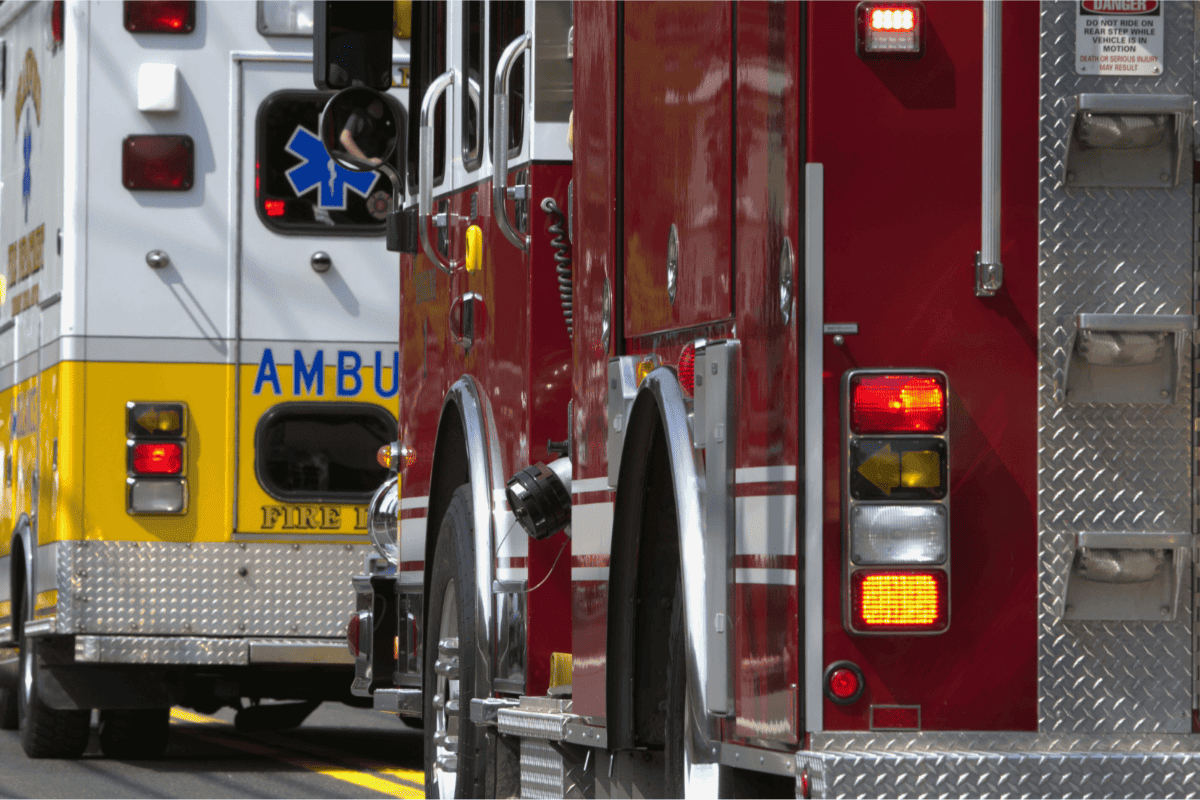The convergence of natural disasters and hearing loss presents a unique set of challenges, particularly for individuals who rely on hearing aids for effective communication. The unexpected nature of disasters underscores the importance of being well-prepared to safeguard the safety and well-being of those with hearing impairments. This article serves as an informative guide on how to navigate natural disasters if you have hearing loss or utilize hearing aids. It covers proactive measures and strategies to implement before, during, and after a crisis, offering a comprehensive approach to disaster preparedness.
Preparation for the Unforeseen
1. Crafting an Emergency Plan: Crafting a meticulously planned emergency strategy tailored to your communication requirements is paramount. Collaborate with family members, neighbors, and caregivers to ensure that they are informed about your hearing impairment and equipped to communicate effectively during emergencies.
2. Effective Communication Strategies: Developing communication strategies that prioritize visual and tactile cues is crucial for disaster scenarios. Consider using universally understood hand signals, written notes, or smartphone apps designed for quick and unambiguous visual communication.
3. Assembling a Communication Kit: Compile a comprehensive communication kit containing essentials such as a flashlight, notepad, writing utensils, spare batteries, and a whistle. Store this kit in an easily accessible location to facilitate swift access during emergencies.
4. Registration with Local Authorities: Many localities offer emergency management programs for individuals with disabilities. Enrolling in such programs ensures that first responders are informed about your unique needs and can provide targeted assistance.
5. Conducting Evacuation Drills: Regularly practicing evacuation drills with your household under various scenarios enhances preparedness. It guarantees that everyone comprehends their roles, responsibilities, and is acquainted with designated meeting points.
Maintaining Safety During a Disaster
1. Staying Informed: Keeping abreast of news and weather updates is vital. Utilize visual sources such as closed captioning on television broadcasts, text alerts, and visual notifications on weather apps.
2. Leveraging Technological Aids: Capitalize on technology to stay connected. Many smartphones feature emergency alert functionalities that relay crucial information through text or visual formats.
3. Battery Preparedness: If your hearing aids rely on batteries, stock up on ample spares in your emergency kit. This precautionary measure ensures uninterrupted communication despite power shortages.
4.*Expressing Your Needs: In public shelters or while seeking assistance, articulate your communication necessities. Share your preferences for communication and any specific accommodations required.
Recovery and Support
1. Device Inspection: After the disaster subsides, meticulously examine your hearing aids for any signs of damage. Seek professional assistance for cleaning and repairs if exposure to moisture or debris is evident.
2. Emotional Well-being: Acknowledge that natural disasters can be traumatic experiences. Seeking emotional support from friends, family, or mental health professionals is essential for coping with the aftermath.
3. Adapting Your Plan: Reflect on the effectiveness of your emergency plan and make necessary adjustments. Learning from past experiences enhances the precision of your preparations for subsequent disasters.
4. Engaging in Community Training: Organizations often offer tailored disaster preparedness training for individuals with disabilities. Participating in such programs equips you with valuable insights and strategies to enhance readiness for future emergencies.
Further Considerations
1. Emergency Contacts Compilation: Maintain an up-to-date list of emergency contact numbers and pertinent medical information in your communication kit.
2. Medical Alert Identification: Wearing a medical alert bracelet or necklace that indicates your hearing impairment expedites the identification of your communication needs by first responders.
3. Backup Communication Tools: Contemplate having alternative communication devices like tablets or laptops on standby for situations where your hearing aids may not be accessible.
4. Building a Supportive Network: Cultivate a network of understanding neighbors who are aware of your needs and can offer assistance during emergencies.
Putting It All Together
Preparing for a natural disaster while managing hearing loss or relying on hearing aids necessitates meticulous planning, transparent communication, and proactive strategies. By formulating a robust emergency plan, devising effective communication techniques, and harnessing available technology, individuals with hearing loss can fortify their safety and well-being amidst crises. Remember, the journey of disaster preparedness is a continuous endeavor, shaped by lessons learned, and culminating in improved readiness to surmount future challenges.
For additional inquiries or to schedule your next hearing assessment, we welcome you to reach out to us. Our team of compassionate and professional hearing health specialists is dedicated to assisting you.

